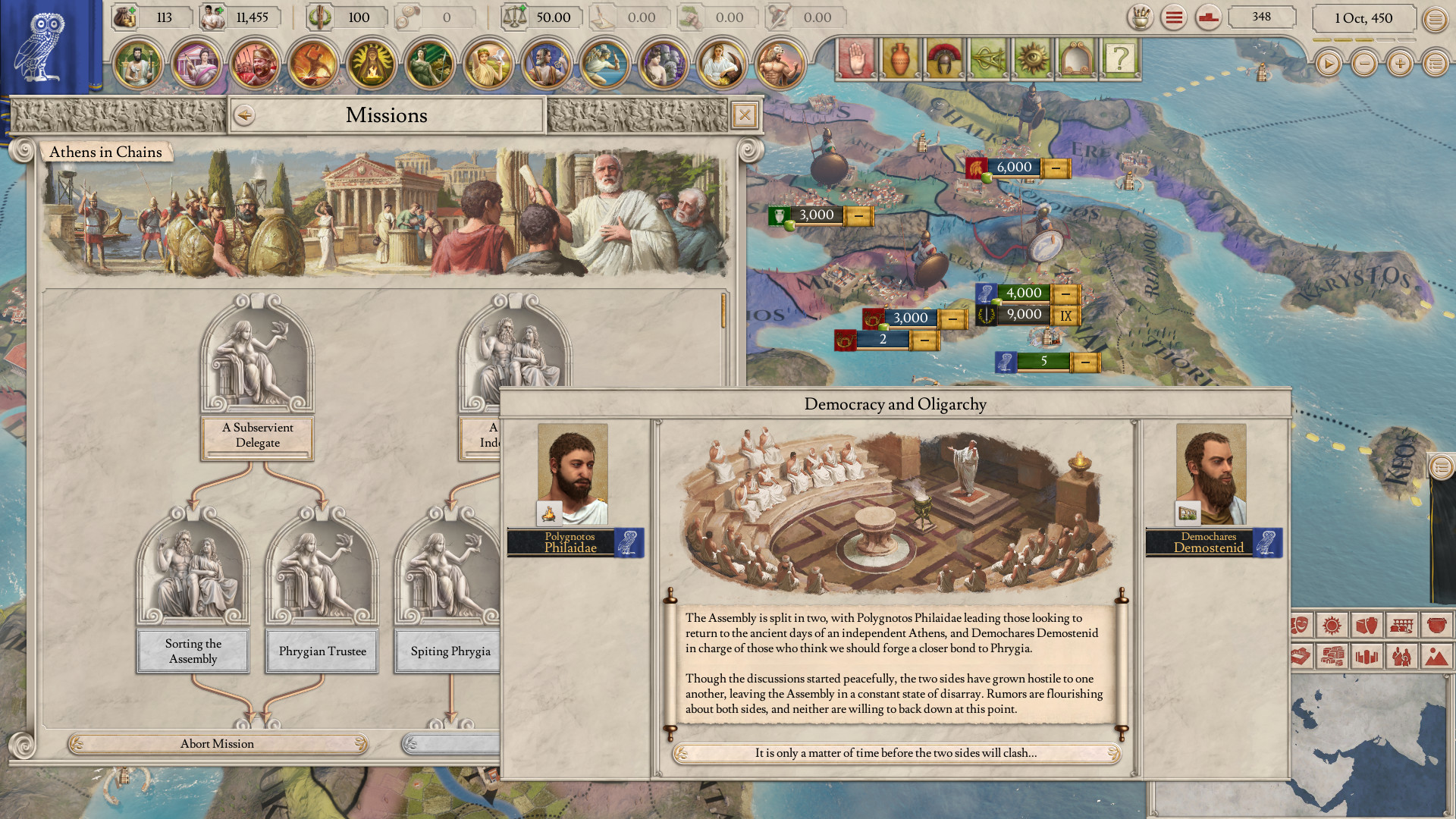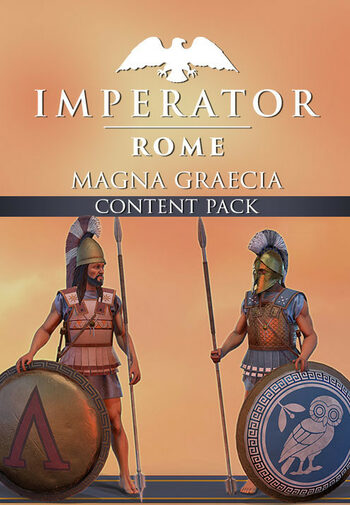

This course is designed to provide students with a survey of historical, cultural and social developments relating to the histories of Greece and Rome during the period of ancient history. Greece, Rome, and Early Christians: Understanding the Ancient Mediterranean. Of considerable interest is the numismatic collection, merged by the Civic in the Coin Cabinet, as well as the Art Gallery, enriched by two paintings by Antonello da Messina.HIST 389 - Greece, Rome, and Early Christians

The collections from the old Civic Museum consist of selected materials from Reggio Calabria and refer to ethnology, medieval and modern art, and from the Risorgimento. So the panorama of the archaeological finds relating to the Greek colonies and the subcolonies on the Tyrrhenian and Ionian coasts of Calabrian region is completed. Meanwhile, southern Greece also came under Roman hegemony, but some key Greek poleis remained partly autonomous and avoided direct Roman taxation. The Museum was subsequently endowed with an exhibition section, inaugurated on the occasion of the Centenary of the Civic Museum and the Quinquagenary of the State Museum in 1982. The Roman conquest of Ancient Greece in the 2nd century BC The Greek peninsula fell to the Roman Republic during the Battle of Corinth (146 BC), when Macedonia became a Roman province. In 1981 the section was created to host the two famous bronze statues discovered in 1972 on the Riace seafront, together with the equally famous “Head of the Philosopher”, recovered in 1964 in the waters of the Strait of Messina, in Porticello, near Villa San Giovanni, and with the “Head from Basilea”. Materials from Greece and Greek colonies of the Tyrrhenian and Ionian, Hipponion-Vibo Valentia, Rosarno-Medma, and Reggio, were exhibited, while in the Hall of Apollo of Cirò there were finds from various locations in Calabria.

Up until the enlargement of the years 19, the collections included a Prehistoric and Protohistoric section, opened in 1962, a very rich group of finds from Locri, an important numismatic section, a Lapidarium, and a Picture Gallery, which was inaugurated in 1969 in collaboration within the Superintendent Raffaello Causa and the architect Aldo Grillo.

In 1954, Superintendent Alfonso De Franciscis partially opened the Museum to the public. The idea of creating a National Museum with the finds brought to light in the excavation campaigns in the main sites of Calabria took concrete shape through the archaeologist Paolo Orsi’s commitment to the fusion of local collections and state ones. Numerous material testimonies to this civilization can be found in the illustrious history of the region. Starting from the VIII Century BC, peoples from the Peloponnese colonized the eastern coasts of Calabria, founding the first Hellenistic centers, which then expanded into a network of cities that made up the colonies of Magna Graecia: Hipponion, Kaulon, Krimisa, Kroton, Locri Epizefiri, Medma, Methauros, Rhegion, Skylletion, Sibaris, Temesa, Terina. Calabria was, along with Sicily, the pulsating, vital heart of Magna Graecia.


 0 kommentar(er)
0 kommentar(er)
